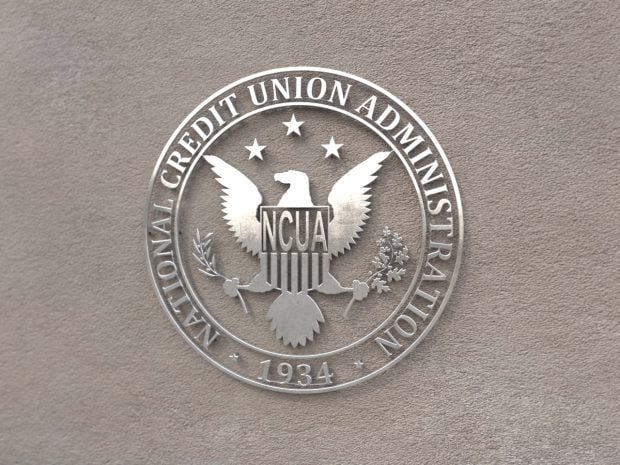Streamlining the charter origination process, improving communication among interested parties and preparing credit union organizers better for the challenge of launching a credit union are all part of what the NCUA and outside groups say will be needed to shorten the amount of time it takes to charter a new, federally insured credit union.
"We have seen a significant surge in interested organizing groups contacting us for assistance over the past several years, but especially since the public awakening to the benefit of credit unions brought forth by Bank Transfer Day and the Occupy movement," explained Rafael Morales, Public Affairs Officer for the National Federation of Community Development Credit Unions. "Many organizers that have begun the process have found it difficult to work with NCUA, primarily due to a general lack of responsiveness," Morales added.
The National Federation has been on forefront of the chartering issue for some years, publishing a book about credit union organizing in 2003 and working to keep it updated as time as passed. The group is now working with about 40 groups that are at different stages of the chartering process and has made suggestions to the agency about what it could do to make the process easier and smoother for organizers. For example, making all chartering requirements as transparent as possible from the very beginning of the chartering effort and working with organizers to conduct inquiries and complete required processes in parallel during the process, rather than sequentially.
Recommended For You
The National Federation also suggested the agency provide template formats wherever possible, such as for succession and continuity plans, but also more broadly, for business plans and lending policies, including providing sample pro formas in formats the agency prefers. This could save months of processing time and reduce the NCUA's overall work load, the National Federation said.
The NCUA's Robert Leonard, director of the division of consumer access, agreed that some of the federation's complaints had merit but added that his office had been working to improve its responsiveness. He also countered the doubts some had for why his division, which was under the NCUA's Office of Consumer Protection, had responsibility for the chartering process.
"At the board meeting where the Office of Consumer Protection was established, it made sense to couple consumer protection with the ability to offer consumers access to reliable financial services," Leonard said. He added that even though his staff had largely been transferred into the OCP, most had come from positions where they had experience in the regions with chartering and insuring new credit unions and were well-prepared for the process.
Leonard also observed that some of the reasons the process took so long, in some cases, had to do to with lack of preparation on the part of credit union organizers.
Bishop Mitchell G. Taylor founder of East River Development Alliance and the 749- member, $510,000 Long Island City, N.Y., credit union that bears the same name said a manual would have helped streamline the process, but that it's absence didn't dissuade him or the other organizers.
"I am not going to say anything critical of our regulator," he said, noting that the agency had been as helpful as it could be given the constraints of what the alliance was trying to do. "We never saw the credit union as an end unto itself but instead as one of the means we wanted to use to help our people meet their larger goals, economic empowerment and poverty elimination," he explained.
The process for the group took five years, from 2004 to 2009, to get a charter and an additional year to move into a building the organization had built for the credit union.
The whole time, Taylor said, he learned not to focus too much on the big picture or the day to day challenges but to keep a balance between the two.
Sue Cuevas, CEO of the 152-member, $1.4 million Nueva Esperanza Community Credit Union in Toledo, Ohio, said she had not been with the credit union organizing team for the entire process. But she said she had come in when the CU had been trying to raise funds at the same time it had no regular space. "It was hard to convince community leaders to back a credit union that wasn't in its full time space yet," she observed. In Nueva Esperanza's case, it took from 2005 until 2010 to charter the credit union.
Lee Kirk, the project manager for the proposed Community Promise Federal Credit Union, said that his group, which was three years into the process, expected to be able to open soon but was also struggling with finding funding when they did not yet have a charter. The proposed Kalamazoo, Mich., credit union had identified potential funders to help it build capital but found it difficult to get them to finalize their commitments without the charter. "There is a little bit of chicken and egg thing, which can come first, the funding or the charter," he said.
© 2025 ALM Global, LLC, All Rights Reserved. Request academic re-use from www.copyright.com. All other uses, submit a request to [email protected]. For more information visit Asset & Logo Licensing.







